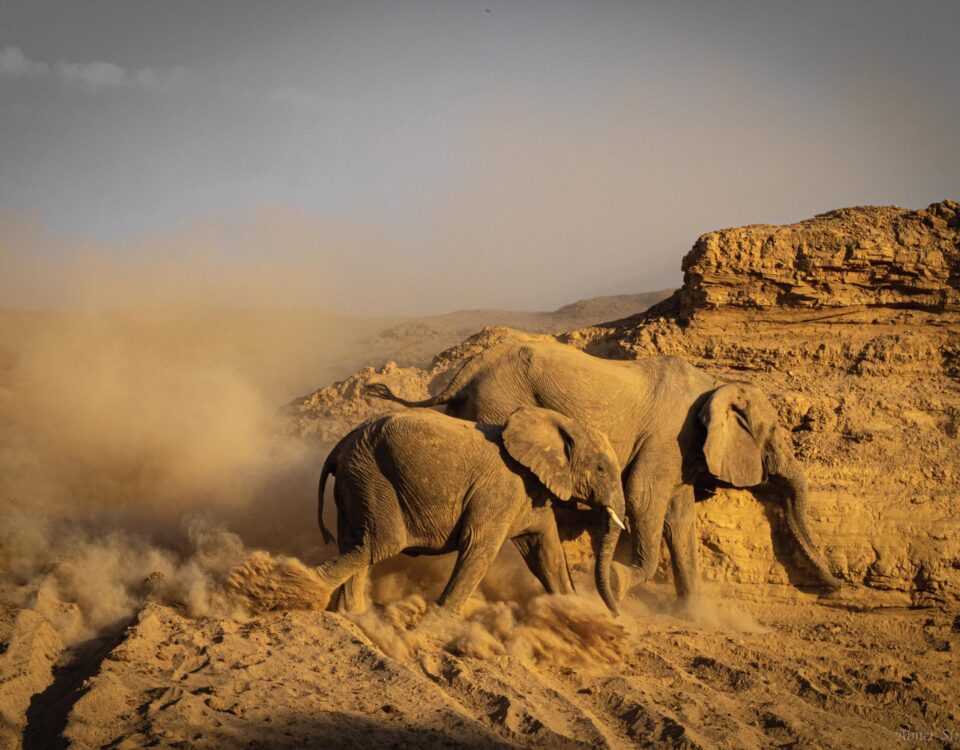Breakfast at Tiffany’s… via Namibia
August 12, 2012Tax policy under the spotlight
August 12, 2012This is the thirteenth in a series on the gemstones of Namibia. When one mineral is replaced by another without destroying the outward shape of the original, it is said to have been pseudomorphed, a process commonly seen in certain fossils and petrified wood. Chatoyancy, from the French chat (cat) and oeil (eye), describes the feature some gemstones have of displaying a narrow band of reflected light.
Text Edward Jenkins
Photograph Hannes Brunner
In 1962, Namibian gemstone icon Sid Pieters, a second-generation mining man who traded in mineral specimens for over sixty years, was prospecting near Outjo in north-central Namibia when he encountered a small, yet very heavy rock covered in white limestone. He took the specimen back to his workshop for further examination. When he split it open, he found an extraordinary new mineral inside.
Appropriately named ‘pietersite’, the mineral is rather intimidatingly described as a ‘brecciated chatoyant silicified riebecktite’, a process through which tiger-eye and hawk-eye minerals are broken up and cemented (brecciated) in the mineral crocidolite (a fibrous riebecktite). The crocidolite is infiltrated by groundwater dissolved silica (thereby becoming silicified), a combination that is subsequently polymorphed into quartz. The conditions for this highly complex process to occur are extremely rare. To date, the only finds have been at two sites here in Namibia, and briefly, from a mine in Hunan, China, which was subsequently closed down. The Namibian material has generally been considered far superior to that derived from China, with more vivid colours and far greater hardness.
The value of a pietersite gem is determined by its chatoyancy, and the beauty of the colours and patterns displayed. It possesses a changeable lustre, depending on the angle of the light, which has been compared to the sheen of a spool of silk, and a colour-play likened to that of an Australian opal. Blue and red are the most rare and therefore the most desirable colours. For both colour and sheen, the cut of the stone is critical.
Also known as the Tempest Stone or Eagle’s Eye, pietersite is said to contain ‘the keys to the kingdom of heaven’. Some believe that it breaks up energy patterns resistant to change, promotes loyalty to the self and encourages recognition of the beauty of the soul. It supports willpower and strengthens the possessor’s inner guidance and ability to recognise truths.
Ranked as the third-hardest stone, pietersite is ideal for use in jewellery, and is currently available mostly as cabochon cut (polished but unfaceted) stones, decorative slices, and as carvings. The closure of the Chinese mine; limited production here in Namibia; and increased demand, have all impacted prices for this rare, distinctively Namibian, gemstone mineral.
This article appeared in the Sept’11 edition of FLAMINGO Magazine.

